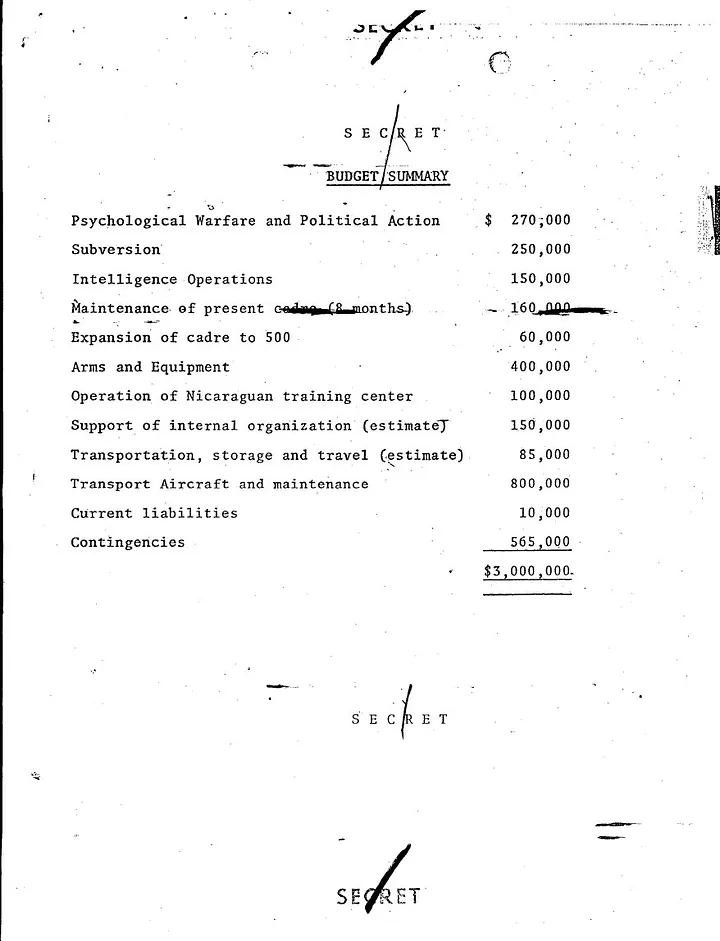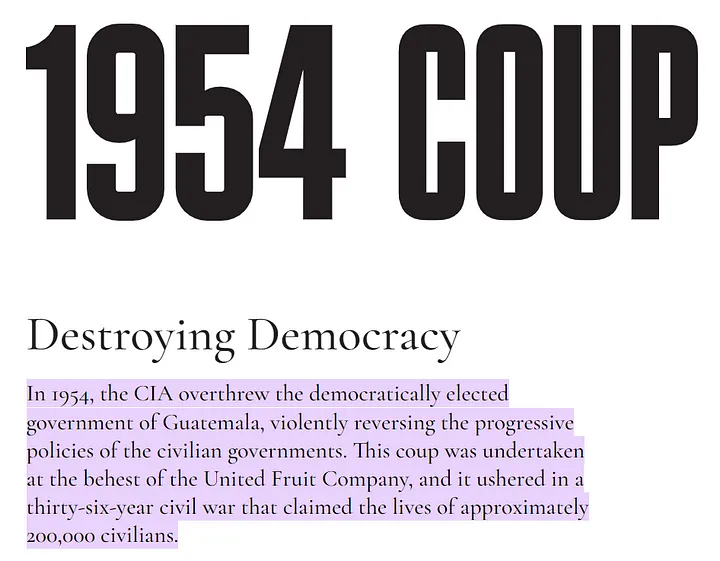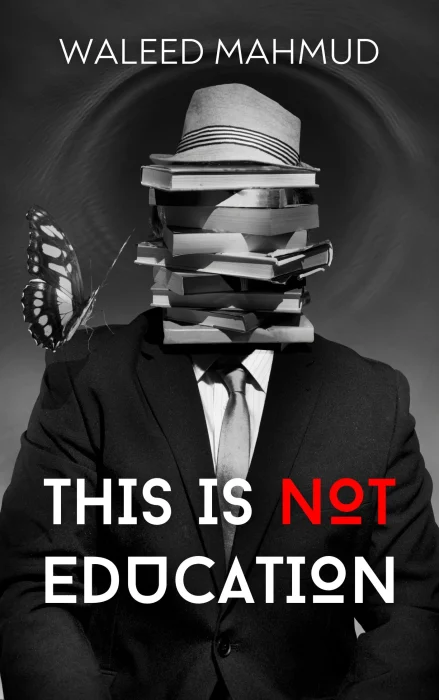Edward Bernays | Torches of Freedom (youtube.com)
“The engineering of consent is the very essence of the democratic process, the freedom to persuade and suggest.” – Edward Bernays
Imagine if we lived in a world where our thoughts, desires, and actions were subtly influenced by unseen hands of puppeteers, guiding us towards decisions that seemed personal but were carefully orchestrated. No, I am not talking about George Orwell’s 1984. I am talking about a reality crafted by Edward Bernays, the father of public relations and the architect of the “engineering of consent.” His ideas and campaigns reach down into the core of modern society, shaping it beyond measure, affecting everything from consumer habits to political elections (same thing, perhaps?). I wanted to write about Bernays’ groundbreaking concepts, his influential campaigns, and the pervasive impact of engineered consent on our daily lives. So here we go!
The Genius of Edward Bernays
Edward Bernays isn’t a name commonly known by the lay person. Born in 1891, Bernays was a pioneer in the field of public relations. Bernay’s was Sigmund Freud’s nephew and was deeply inspired by his theories of psychoanalysis (well, he didn’t really grow up in constant contact with him, but he certainly didn’t mind marketing Freud’s great name!). Through the exploration of psychoanalysis, Bernays developed techniques to manipulate public opinion through targeted propaganda. His books, “Crystallizing Public Opinion” (1923) and “Propaganda” (1928), laid the foundation for the modern public relations industry, introducing the concept of “engineering of consent.”
Bernays believed that by understanding the psychological mechanisms and motives of the public, one could manipulate their behavior on a large scale. He argued that the masses were irrational and subject to herd instinct, making them susceptible to carefully crafted messages that appealed to their emotions and subconscious desires. This belief led him to develop sophisticated techniques to shape public perception and behavior.

The Campaigns that Molded History
Bernays’ wasn’t just a glorified publicist. His influence can be seen in numerous landmark campaigns that have had lasting impacts on society. One of his most famous campaigns was for the American Tobacco Company in the late 1920s. At a time when smoking was largely frowned upon for women, Bernays orchestrated the “Torches of Freedom” campaign. By aligning cigarettes with the women’s liberation movement, he turned smoking into a symbol of female empowerment and independence. This not only increased cigarette sales but also shifted societal attitudes towards women smokers.
Bernays’ also campaigned for the United Fruit Company, where he orchestrated a massive propaganda effort to secure U.S. government intervention in Guatemala. By painting the democratically elected Guatemalan government as a communist threat, Bernays helped engineer a coup that protected United Fruit’s business interests. This campaign highlighted how the engineering of consent could extend beyond consumer goods to influence international politics and reshape entire nations.

Bernays’ techniques revolutionized advertising and consumer culture, embedding the engineering of consent into the fabric of everyday life. He understood that by linking products to deep-seated human desires and aspirations, he could drive consumer behavior in unprecedented ways. This approach transformed advertising from a focus on the product’s utility to a focus on the emotional and psychological benefits it promised.
Consider the automobile industry. Before Bernays, cars were marketed primarily for their mechanical features. Bernays shifted the focus to the lifestyle and status that owning a car could provide. By associating cars with freedom, success, and modernity, he turned them into symbols of personal identity and social mobility. This strategy not only boosted car sales but also entrenched consumerism as a key aspect of modern life.
Today, the echoes of Bernays’ techniques are evident in the omnipresent advertising that surrounds us. From social media influencers promoting the latest trends to political campaigns leveraging data analytics to target voters, the engineering of consent remains a powerful force. Companies and political entities continue to manipulate public perception through sophisticated marketing strategies that tap into our deepest desires and fears.
Engineering of Consent Politics
His techniques have been used to shape political campaigns, sway public opinion, and engineer consent for policies and leaders. The concept of “spin” in politics, where information is manipulated to present a favorable image, is a direct descendant of Bernays’ methods.
One of the most striking examples of Bernays’ influence on politics is the way modern elections are conducted. Political campaigns now rely heavily on targeted advertising, psychological profiling, and data analytics to sway voters. By crafting messages that resonate with specific demographics’ fears, hopes, and prejudices, campaigns can engineer consent on a massive scale. This has led to the rise of highly polarized and emotionally charged political environments, where rational debate is often overshadowed by sensationalism and manipulation.
The engineering of consent has also been used to garner public support for controversial policies and actions. Governments have employed these techniques to justify wars, economic reforms, and surveillance measures. By framing these actions in a way that appeals to national security, patriotism, or economic prosperity, leaders can secure public backing even for policies that may not be in the best interest of the populace.

The Day-to-Day Impact on Us
For the average person, like me, the engineering of consent manifests in subtle but pervasive ways. From the moment we wake up and check our phones, we are bombarded with messages designed to shape our thoughts and behaviors. Social media platforms, for instance, use algorithms to curate content that reinforces our existing beliefs and preferences, creating ‘digital echo chambers’ that limit our exposure to diverse perspectives.
In our shopping habits, we are influenced by targeted advertisements that tap into our emotions and subconscious desires. The layout of stores, the packaging of products, and even the placement of items on shelves are all meticulously designed to manipulate our purchasing decisions. This constant exposure to engineered consent fosters a consumer culture where our sense of identity and fulfillment is increasingly tied to material possessions.
In politics, the engineering of consent affects how we perceive candidates and policies. Campaigns use data-driven strategies to target voters with personalized messages, often playing on fears and biases to secure support. This manipulation can skew public discourse and undermine democratic processes, as voters are swayed by emotional appeals rather than informed debate. Political polarization is not an untethered beast, it’s a designed mechanism!
The Dilemma
The widespread use of Bernays’ techniques raises important ethical questions for us. While the engineering of consent can be used for beneficial purposes, such as public health campaigns or social justice initiatives, its potential for misuse is significant. The ability to manipulate public opinion and behavior carries the risk of eroding individual autonomy and undermining democratic principles.
One of the key ethical concerns is the lack of transparency in how consent is engineered. People are often unaware of the psychological manipulation they are subjected to, making it difficult for them to make informed decisions. This lack of awareness undermines the concept of informed consent, a cornerstone of ethical decision-making.
Additionally, the concentration of power in the hands of those who control the tools of engineered consent poses a threat to societal equity. When corporations, political entities, and media organizations can shape public opinion to serve their interests, the balance of power is skewed, and the voices of ordinary people are marginalized.

Moving Forward
To address the challenges posed by the engineering of consent, it is crucial to develop greater awareness and critical thinking among the public. Education plays a vital role in this effort, equipping individuals with the skills to recognize and critically evaluate the messages they encounter. Media literacy programs can help people understand the mechanisms of propaganda and develop resilience against manipulation.
Moreover, there is a need for greater transparency and accountability in the use of these techniques. Regulations that require clear disclosure of targeted advertising practices and the use of psychological profiling can help ensure that people are aware of how their consent is being engineered. Ethical guidelines for public relations and advertising professionals can also promote responsible practices that respect individual autonomy and democratic values.
Edward Bernays’ legacy of engineering consent has left an indelible mark on the modern world. His techniques have shaped consumer culture, political campaigns, and public opinion, influencing our daily lives in ways we often do not realize. While the engineering of consent can be a powerful tool for positive change, its potential for misuse and manipulation is a significant threat.
In this modern world shaped by Bernays’ ideas, it is absolutely essential to cultivate critical awareness and ethical accountability. Educating for a more informed and discerning public can help us harness the power of engineered consent for the greater good, ensuring that it serves to enhance, rather than undermine, our autonomy and democratic principles.

